Introduction to White Blood Cells and Histamines:
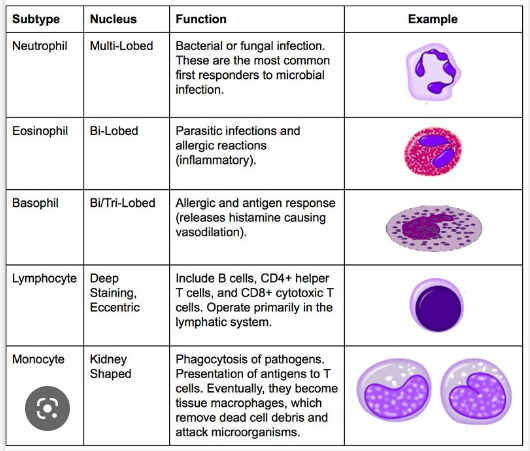
White blood cells (WBCs) are an essential component of the immune system and play a vital role in protecting the body against infections and diseases. There are different types of WBCs, each with its unique functions. One of these functions is the release of histamines, which are inflammatory mediators that play a crucial role in the immune system's response to allergens and pathogens.
Types of White Blood Cells:
There are five types of white blood cells, each with its unique functions:
- Lymphocytes: Lymphocytes are a type of white blood cell that plays a crucial role in the immune system. They are responsible for producing antibodies and fighting off viruses and other pathogens.
- Neutrophils: Neutrophils are the most abundant type of white blood cell in the blood. They play a vital role in the immune system by engulfing and destroying bacteria and other foreign invaders.
- Basophils: Basophils are a type of white blood cell that plays a role in allergic reactions and inflammation. They release histamine, a chemical that causes inflammation and allergic reactions.
- Eosinophils: Eosinophils are a type of white blood cell that plays a role in allergic reactions and fighting parasites. They release enzymes that destroy parasites and other foreign invaders.
- Monocytes: Monocytes are a type of white blood cell that plays a role in fighting infections and clearing away dead cells and debris. They can also differentiate into macrophages, which engulf and digest foreign invaders.
What are Histamines?
Histamines are inflammatory mediators released by a variety of cells following exposure to certain antigens or irritants. They are produced within mast cells, neurons, and basophils and play a critical role in the immune system's response to allergens and pathogens.
Histamines and Basophils:
Basophils are a type of white blood cell that plays a crucial role in the immune system's response to allergens and pathogens by releasing histamine. Histamine causes the blood vessels to dilate, allowing more blood flow to the affected area. This increased blood flow causes redness and swelling, which are characteristic of inflammation.
Imbalances in White Blood Cell Count and Possible Underlying Health Conditions:
Imbalances in the number of different types of white blood cells can indicate underlying health conditions. For example:
- High lymphocyte count: A high lymphocyte count can indicate viral infections, autoimmune disorders, or certain types of cancers.
- High neutrophil count: A high neutrophil count can indicate bacterial infections, inflammation, or tissue damage.
- High basophil count: A high basophil count is rare but can indicate allergies, parasitic infections, or certain types of leukemias.
- High eosinophil count: A high eosinophil count can indicate allergies, parasitic infections, or certain types of cancers.
- High monocyte count: A high monocyte count can indicate bacterial infections, viral infections, or certain types of cancers.
Some possible differential diagnoses for elevated eosinophils and lymphocytes include:
- Allergies: Allergies to certain foods, drugs, or environmental triggers can cause the body to produce excess eosinophils and lymphocytes.
- Parasitic infections: Certain parasitic infections, such as helminth infections, can cause an increase in eosinophils.
- Autoimmune disorders: Some autoimmune disorders, such as rheumatoid arthritis and systemic lupus erythematosus, can cause an elevation in eosinophils and lymphocytes.
- Viral infections: Certain viral infections, such as infectious mononucleosis and cytomegalovirus infection, can cause an increase in lymphocytes.
- Bacterial infections: Some bacterial infections, such as tuberculosis, can cause an increase in eosinophils and lymphocytes.
- Hematologic disorders: Some blood disorders, such as leukemia and Hodgkin's lymphoma, can cause an elevation in eosinophils and lymphocytes.
It is important to consult a healthcare provider for proper diagnosis and treatment if eosinophils and lymphocytes are found to be elevated.
Learn more about histamine imbalances and mood disorders
Lab Tests for White Blood Cells and Histamines
All Cognoscopy Labs
Other Single Item Tests
Walsh Approach Single Tests
Walsh Approach Test Panels
Methylation Test Panel – Whole Blood Histamine & Homocysteine

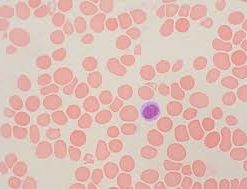
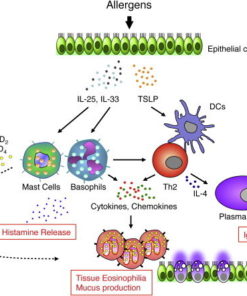
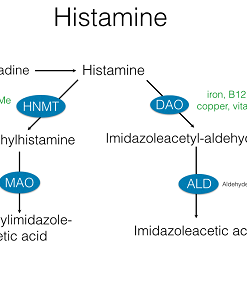
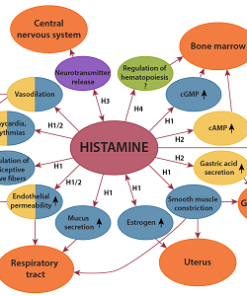
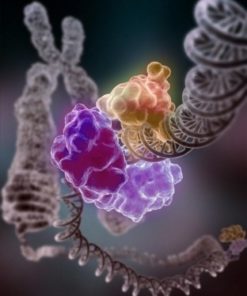
A very informative article on what Histamines are and their role that they play on our overall health. Thank you for taking the time to explain and post this.